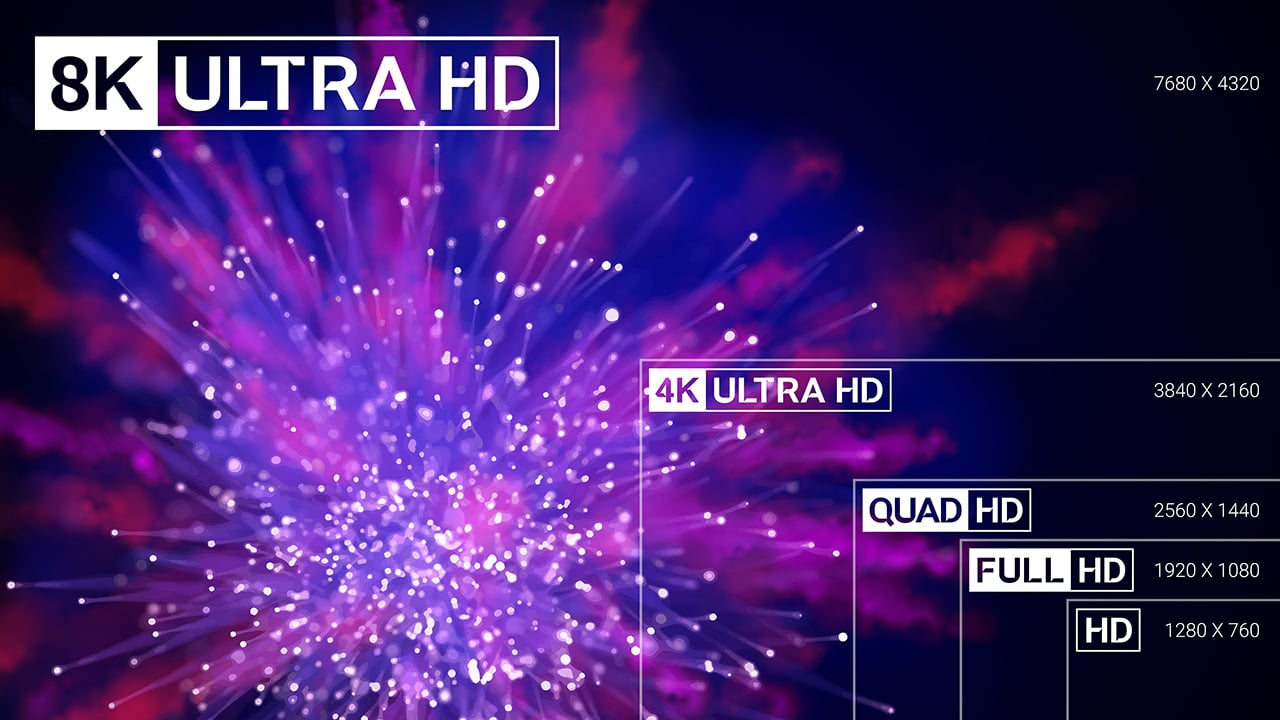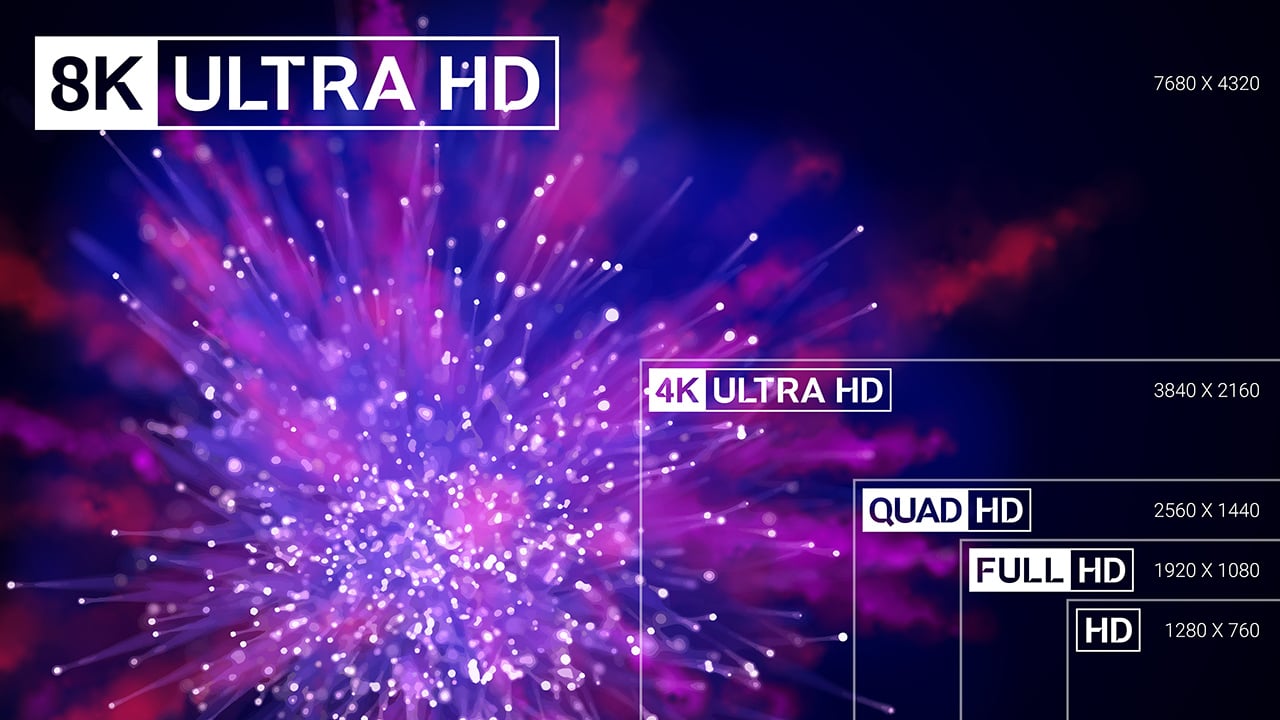
 Forget pixels - where we're going we don't need pixels!
Forget pixels - where we're going we don't need pixels!
8K is now a reality - at least in acquisition and post production - but don’t feel tempted to dismiss this as marketing hype.
I’m very lucky that as the Editor of RedShark I get to talk to a lot of people, see a lot of new products, and visit a lot of exhibitions and conferences. And I like to report what I see and what I feel are important new trends.
Neil Oseman’s incredibly popular article recently talked about resolutions as high as 14K. That might sound ridiculous at a time when most of us still haven’t seen 8K, never mind used it on a project.
Several people have left comments along the lines of “This is just another marketing ploy to make our current equipment obsolete and make us buy new stuff”.
Progress always presents marketing opportunities, but marketing is absolutely not what’s behind this. What’s behind it is the desire to make the best possible images.
One of the strong themes in Michael Cioni’s presentation at Camerimage in Poland this month was that capturing images in a very high resolution not only makes for great looking pictures at that resolution, but at much lower resolutions as well. To say that this will make video on a future Apple Watch look better might be stretching it but you will definitely be able to see the benefits watching on a iPhone.
If you think this sounds ludicrous, then think back to when ER was still being made. When the series started to be delivered in HD, I noticed a distinct improvement even while I was watching it in SD. The quality was dramatically different. The more information you capture, initially, the more information will be in the image, whatever the subsequent, lower resolution.
When images pass through our eyes, our brains, and finally into our awareness, it’s a long and complicated journey. And very little of it has anything to do with pixels. It’s also the case that we can see with more accuracy than is generally thought though spacial and depth cues in an image, and through phenomena such as vernier acuity.
I’m not going to go into any of this here. I just wanted to say that while from our perspective, resolutions higher than 8K might seem overkill, there are good, provable, quantifiable, reasons for pursuing very high resolutions in future technology.
If fact, this is the path to a future that’s completely beyond pixels. It’s a destination that I want to get to as quickly as possible. All I would ask is that you’re prepared to be open-minded about this.
Header image courtesy of Shutterstock.
Tags: Production


Comments